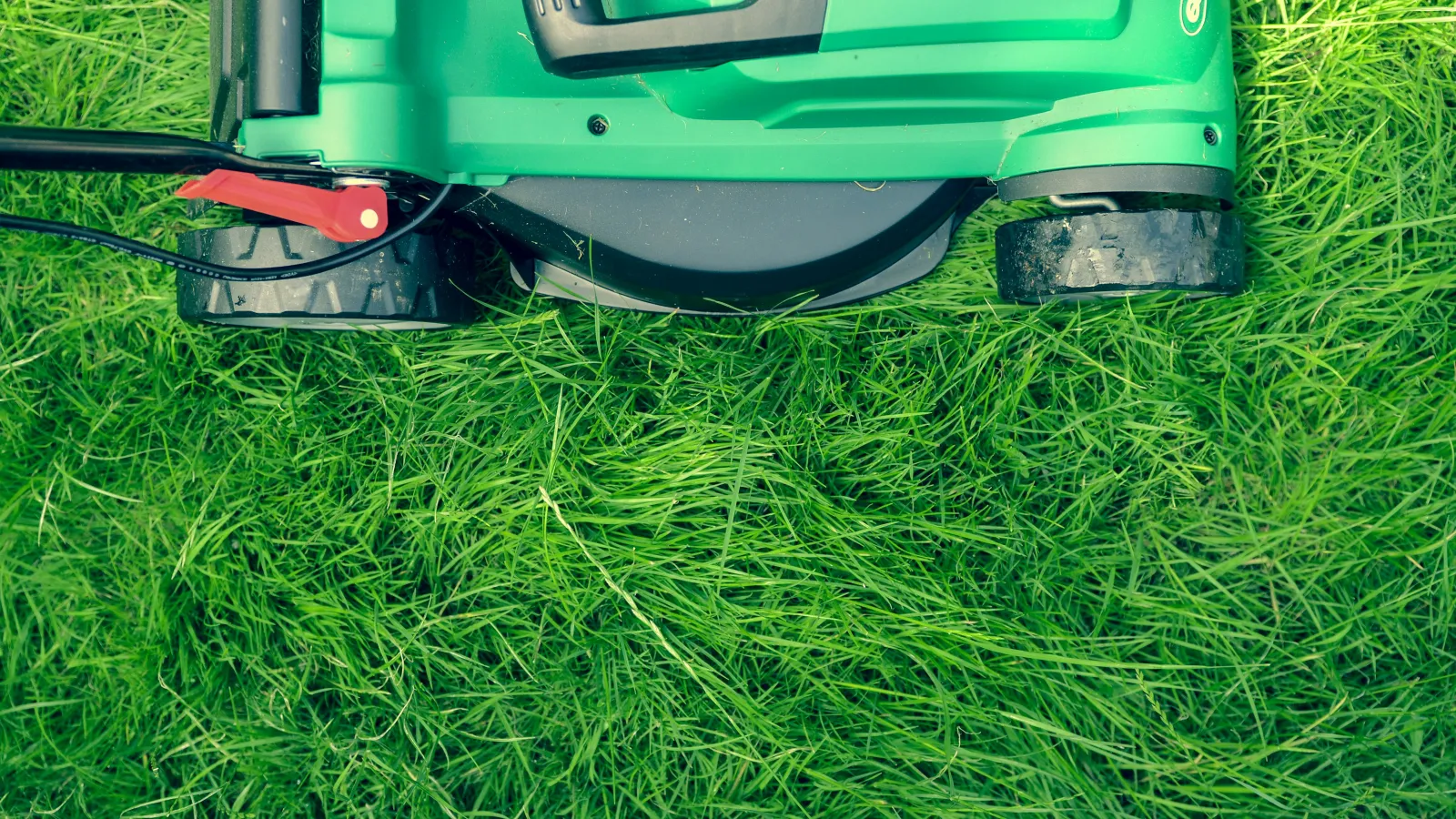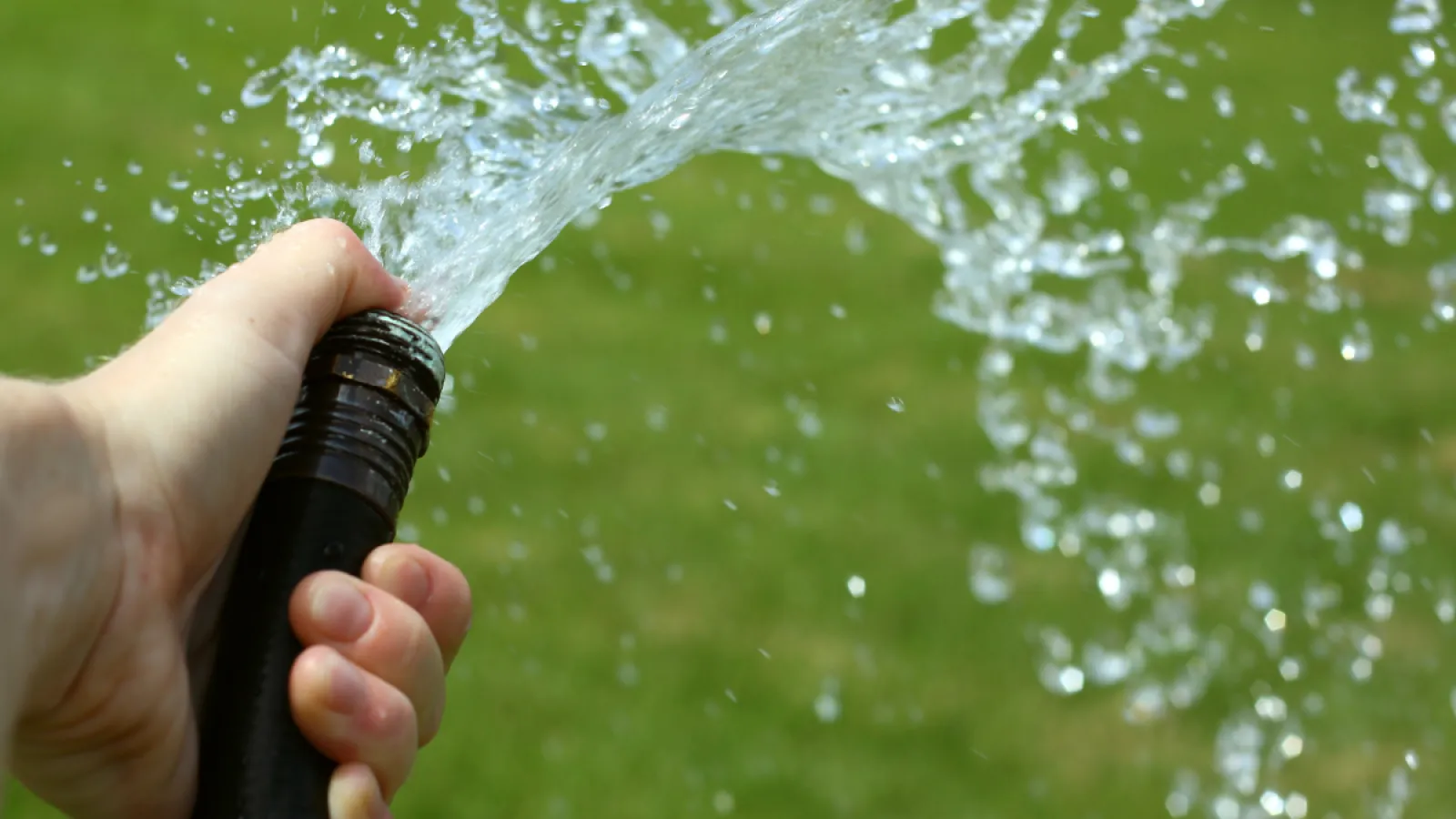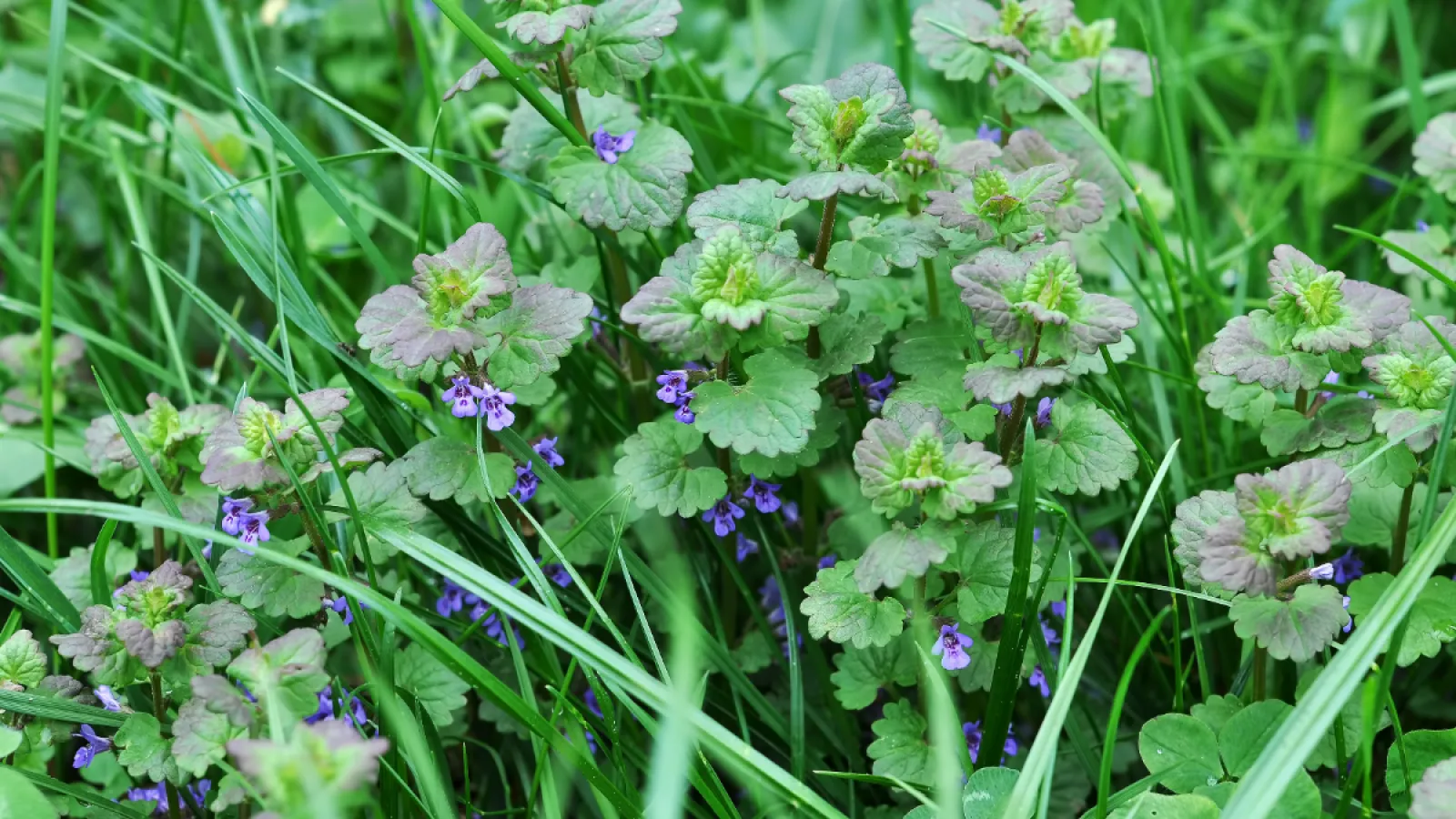
Proper Mowing Tips
Lawn care is a partnership between a homeowner and a professional lawn care company. It is successful when both parties do their part. For you, the homeowner, proper mowing and watering are the most important things you can do to have a healthy lawn. Today we’ll talk about mowing. (Here are some great watering tips.)
Things to Know About Proper Mowing
- Sharp mower blade
- Proper mowing height based on grass type
- When to mow
All About the Blade
The first thing for proper mowing is a sharp mower blade. This is a must! Mowing with a sharp mower blade results in a cleaner-looking cut. A dull mower blade tears or rips off the top of the grass blade, leaving a jagged edge that invites disease. A sharp blade provides a clean cut, which helps the grass heal faster and promotes photosynthesis. So, because a sharp blade cuts the grass easier, it produces less engine drag which means you’ll save money on gas for your mower. (And with gas prices like they are now, every penny counts!)
To keep your blade in good condition, you should sharpen it twice per season or after 25 hours of use. If you hit rocks or stones while mowing, don’t forget to check your mower blades. You want to do this because the blades are easily nicked or dented. If you notice an uneven cut or blades of grass torn or sheared, your mower blades may be dull.
Proper Mowing Height
Now that your mower is ready with a sharp blade, let’s talk about mowing height and its importance. Cutting your lawn at the correct height creates the appropriate canopy needed by your specific turf type to promote root growth and improves weed suppression. And lawns mowed at the right height also require less watering. Did you know that?
Forget the lawn-mowing myth: the shorter you mow grass, the less often you’ll have to cut it. That misguided concept can result in an issue-prone lawn. Grass that’s cut too short is more susceptible to weeds, drought, and heat.
Warm-season and cool-season grasses have different mowing heights. The recommended mowing heights for each type are:
- Cool-season (Fescue): 2.5-3.5 inches
- Warm-season (Bermuda, Zoysia): 1-2 inches
To ensure your mower is at the correct height, use a tape measure to measure your lawn mower’s base height while adjusting the wheels on a flat surface, like a walkway.
The Best Time to Mow
We have some great tips on mowing:
- Frequency
- Time of day
- Wet grass
Timeliness in mowing is essential. If your grass grows too long, it can be an ideal habitat for insects or even small critters. Long grass can be hard to mow, and the extra-long clippings really should be raked or bagged, which creates more work for you. As a good rule of thumb, mow your lawn when the grass reaches around one-third higher than the recommended height for your turf. This practice ensures that you don’t remove more than a third of the blade in any single mowing.
Warm-season grasses such as St. Augustine, Bermuda, and Zoysia ramp up their growth in the summer, so expect to mow them more frequently then. However, cool-season grasses, such as fescue, are most actively growing in the fall and spring so that’s when your heaviest mowing workload will be.
Early evening is the best time of day to mow a lawn. Cutting at the peak of the day, when temperatures are highest, stresses the grass and maybe even you. The yard is usually dry by early evening unless it’s rained during the day, and the sun is less intense. By mowing in the evening, you also allow your lawn plenty of time to recover before the next afternoon’s heat.
One thing not to do is to cut wet grass. Cutting wet grass can result in an uneven trim. Wet clippings can also clog your mower and cause it to dump clumps of grass on your lawn. And it’s a domino effect. Leaves not raked up can smother the growing grass resulting in brown spots.
By following these few tips, you are doing your part as a homeowner in that partnership we mentioned at the start. With a sharp blade and mowing at the proper height, time of day, and frequency are vital for successful mowing. With our lawn fertilization and weed control service and the appropriate care of your lawn between our treatments, we’re confident all your neighbors will have lawn envy in no time. Contact us if you have any questions about proper mowing practices, our programs, or lawn care.


